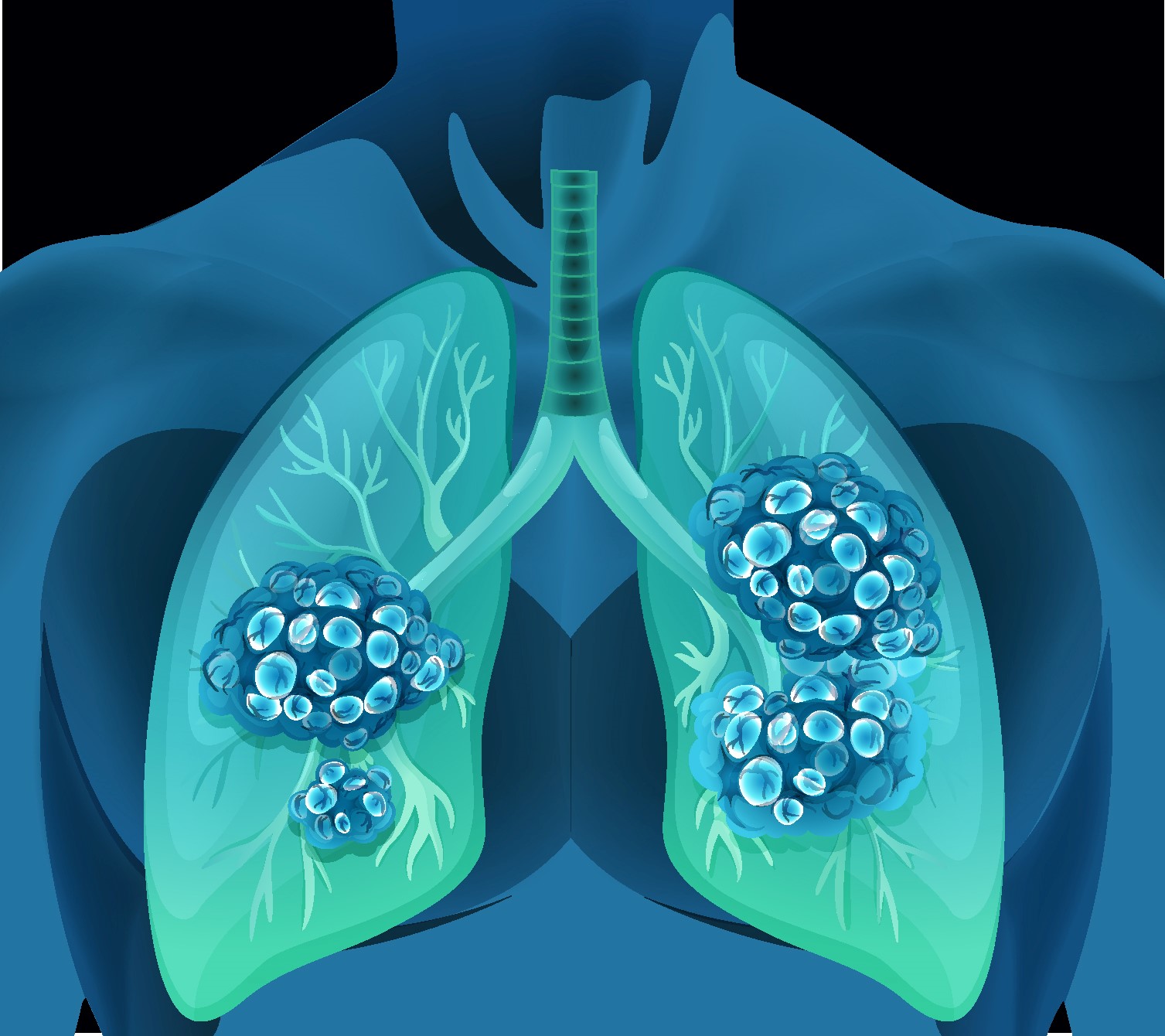Empyema necessitans (pleurocutaneous fistula) is a late consequence of empyema thoracis that is uncommon. It is commonly linked with Mycobacterium TB and Actinomyces spp., both of which are aggressive pathogens capable of dissecting through tissue planes. This entity, on the other hand, may occasionally appear late in the course of infection with more indolent organisms. Coccidioidomycosis, mucormycosis, and aspergillosis cases have all been documented. Only three instances of empyema necessitans caused by nontuberculous mycobacteria have been recorded in the literature, with no cases associated with Mycobacterium kansasii. In addition to adequate antibiotic therapy, more definitive treatment is explored on a case-by-case basis and may include tube thoracostomy and drainage or open thoracotomy, depending on the clinical conditions.
Despite the fact that a pleurocutaneous fistula can quickly progress to the formation of a tension pneumothorax, patients in all documented cases owing to nontuberculous mycobacteria were adequately managed with conservative medical therapy alone. This example indicates that less harmful species, such as M. kansasii, can cause empyema necessitans if not treated properly. Physicians should be aware of this uncommon mycobacterial infection consequence, especially in difficult-to-treat patient groups.
Reference:journals.lww.com/clinpulm/Abstract/2017/05000/A__Hole__New_World__Empyema_Necessitans_From.6.aspx


